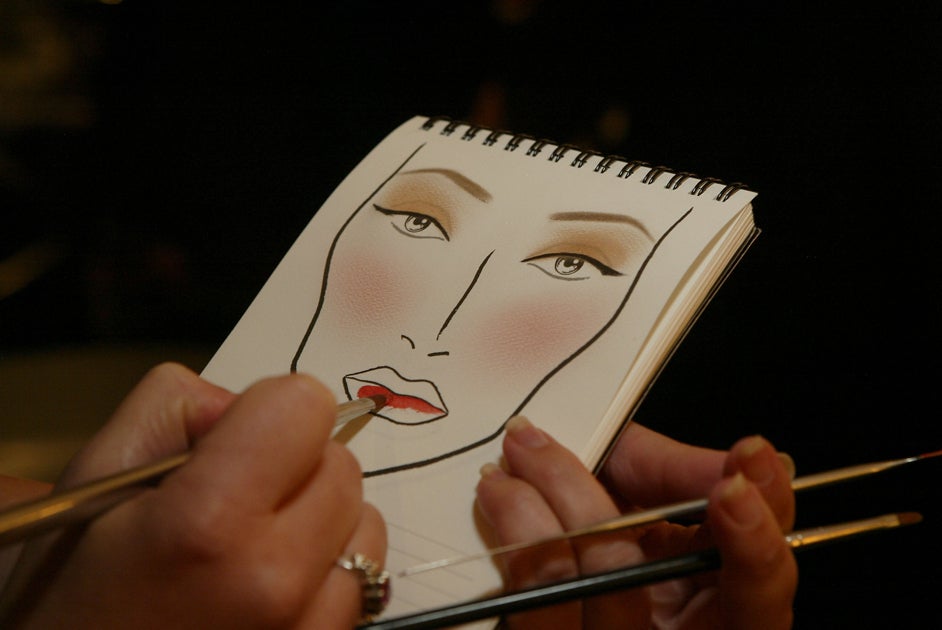
Your support helps us to tell the story
From reproductive rights to climate change to Big Tech, The Independent is on the ground when the story is developing. Whether it's investigating the financials of Elon Musk's pro-Trump PAC or producing our latest documentary, 'The A Word', which shines a light on the American women fighting for reproductive rights, we know how important it is to parse out the facts from the messaging.
At such a critical moment in US history, we need reporters on the ground. Your donation allows us to keep sending journalists to speak to both sides of the story.
The Independent is trusted by Americans across the entire political spectrum. And unlike many other quality news outlets, we choose not to lock Americans out of our reporting and analysis with paywalls. We believe quality journalism should be available to everyone, paid for by those who can afford it.
Your support makes all the difference.
What courses? Art and design; building design; ceramics design; editorial design; digital system design; advertising design; clothing design; crafts design; creative design; digital design. Plus about a hundred other specialisms.
What do you come out with? A BA, although a couple of universities offer a BDes or MDes (bachelor of design or master of design).
Why do it? "Designers are trained in identifying, appraising and evaluating needs. By applying design principles to that evaluation the most straightforward definition of design is that; Designers makes things better. The successful designer is then able to communicate the rational of the process and the value of solution. In a fast changing world I would argue that these are the most important skills for any graduate to have acquired." - Patrick Gottelier, head of design, University College Falmouth
What's it about? Deciding how things should look. Everything from computer graphics to supermarket trolleys and garden furniture probably started life on the pages of a designer’s note pad. If you’re arty but don’t fancy doing a degree in fine art, this could be for you. It can be vocational and specific to one industry or extremely broad depending on the course you choose. Art and design is the most obvious option but there are around 1,500 courses available in the UK for 2012 including some pretty unusual options such as floristry design and ergonomic design. The big art schools like Central St Martins, The Slade (UCL), Camberwell and Glasgow all offer various courses in design which you won’t find listed by UCAS, so you’ll need to go onto their websites to find out more. If you go through UCAS, however, you’ll find a computer games and visual effects design course offered by Anglia Ruskin, as well as a sustainable and innovation design BSc. You will be regularly assessed and then graded on the final show at most places. There is little written work although students can elect to do a dissertation in their final year. It is very rare that any exams will be involved.
Study options: Normally it’s three years BA or four years in Scotland. Middlesex offers a four-year course, which includes a year’s foundation, and at Leeds you can study a four-year MDes. If studying a more vocationally-centred course, such as interior design off road vehicle design (at Harper Adams), then a sandwich year in industry may be an option too.
What will I need to do it? Institutions tend to expect students to do an art or design foundation year first. Art at A-level is pretty much standard, but the real weighting in your application will be placed on your portfolio. That said, CC is needed for textile design at Glasgow; CCC for product design at Dundee; 160 UCAS points for design at Leeds Metropolitan; 240 UCAS points to study design for film and television at Nottingham Trent; at Portsmouth you need 200-280 UCAS points for graphic design.
What are my job prospects? Not wonderful. Although there are a lot of fantastic design jobs out there you have to be really exceptional or well-connected to bag them – especially during a recession. According to The Times’ Good University Guide 2012 around 14 per cent of art and design graduates are unemployed six months after graduating, while 38 per cent are in graduate-level jobs, earning a modest £17, 326. Heriot-Watt does the best for graduate prospects in the Complete University Guide 2012, followed by Edinburgh and Brunel.
Where's best to do it? Edinburgh came out top in the Complete University Guide 2012, followed by UCL, Oxford and Reading. Students at Newcastle were most satisfied and Lincoln, Falmouth and Brunel also fared well for happy students.
Related courses: Architecture; art; graphic design; fashion.
Join our commenting forum
Join thought-provoking conversations, follow other Independent readers and see their replies
Comments